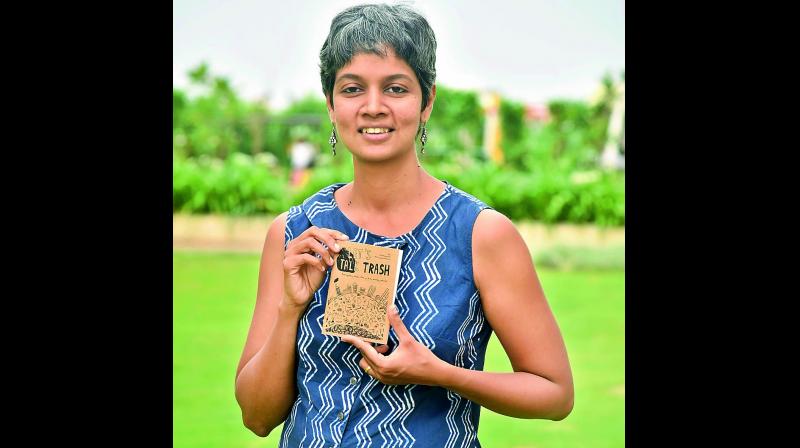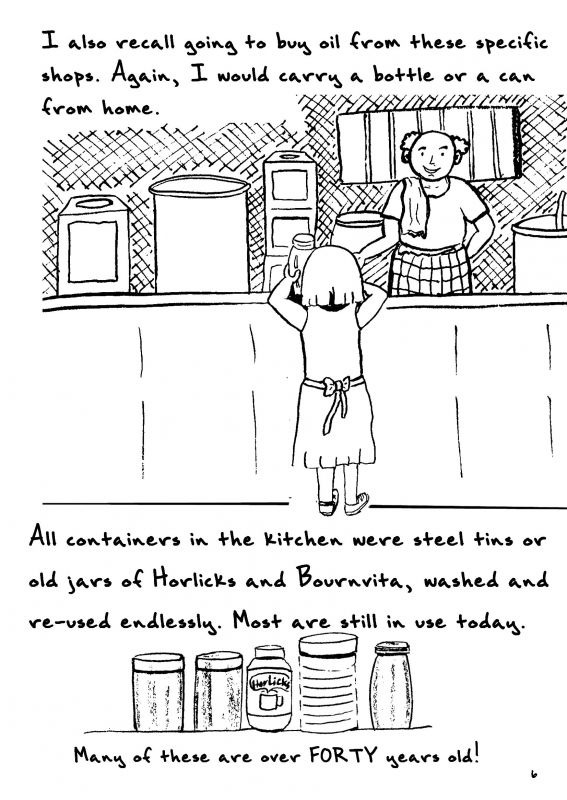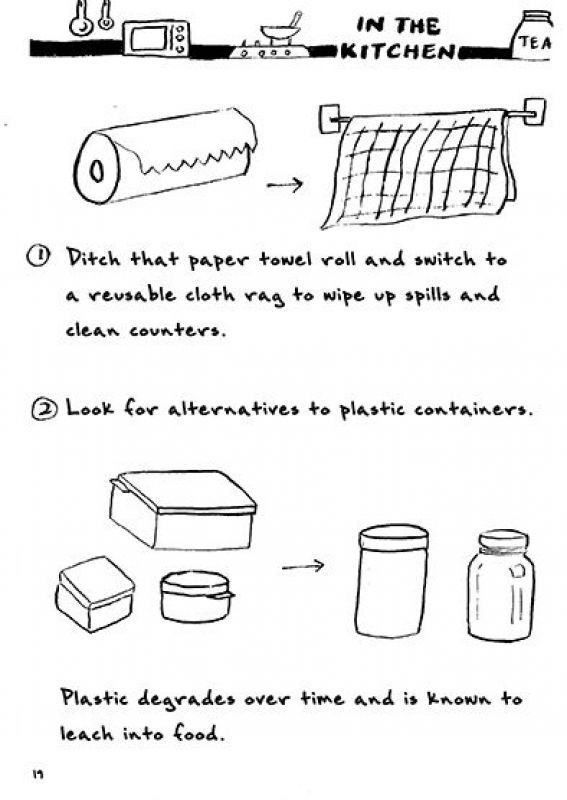#PlasticFreeJuly
City girl Shubhashree Sangameswaran talks about zero waste with her illustrated handbook Let's Talk Trash.

As a kid growing up in the 80s, Shubhashree Sangameswaran remembers using steel tins and old jars of health drinks to store groceries in the kitchen, taking a can or a bottle along to get milk from the booth and generating much less waste than the generation today. Looking back at the previous generation for inspiration, Shubhashree has come up with an illustrated handbook — Let’s Talk Trash — which gives people “a brief look at the past to see what lessons we can learn from our earlier generations and how they were effortlessly #zerowaste, even before it became a hashtag.”
Shubhashree had come across a blog by a US-based environmental activist, Lauren Singer, who was living a zero-waste lifestyle; she could fit in waste generated by her in five years in a small jar. “It blew my mind. We throw so much trash every day; zero waste lifestyle is something to aspire towards. When I read about her it got me thinking that their lifestyle was not too different than how our parents and grandparents used to live. At some point I wanted to do a series of illustrations around it,” explains the Hyderabad-based freelance illustrator.
 Some of the illustrations from the handbook.
Some of the illustrations from the handbook.
Subhashree signed up for ‘The Sketchbook Project’, a global crowd-sourced art project wherein you order a sketchbook, fill it up with a theme, send it back and it becomes part of the exhibit at the Brooklyn Art Library, New York. “I worked on the handbook for three months, until April. After sending out the sketchbook, I also posted it on Instagram and got a good feedback. Some people pushed me towards publishing it. Meanwhile, I attended an event in Bengaluru called Bhoomi Habba, which revolves around sustainability and put up a stall of my books there. It got a good response at the event, and even on my website, The Hungry Palette.”
 Some of the illustrations from the handbook.
Some of the illustrations from the handbook.
Sharing a few tips, Shubhashree says, “To start with we need to become a little more conscious of everything that we bring in to the house, especially single use plastic such as straws. I always carry a bag, water bottle and a bamboo straw. I am also trying to find local stores where I can carry my own dabbas for groceries. I’ve become very conscious about getting even a packet of biscuit. I am also inculcating these habits in my 4-year-old daughter.”
Subhashree now plans to get the book translated in various languages to make it more accessible. Apart from reaching out to school, she has also reached out to people in her apartment to do community composting.
Talking about why people hesitate to adapt to a plastic-free life, she says, “Because the alternatives are a little hard to come by. A shopkeeper wouldn’t want to lose out on business if his customer forgets to get a bag. The shift has to happen in all our minds. Small but definite steps will make tangible difference.”
ALTERNATIVES ONE CAN USE:
- Avoid bottled water; carry a reusable steel bottle.
- Refuse plastic bags. Keep sturdy cloth bags handy and use them till they wear out.
- Use a bamboo toothbrush instead of a plastic one.
- Use menstrual cups or bio-degradable napkins or reusable cloth napkins instead of sanitary napkin.
- Use a refillable fountain pen instead of plastic pen.
- Use steel cans to store wheat, pulses, rice etc. at home.
HT02

